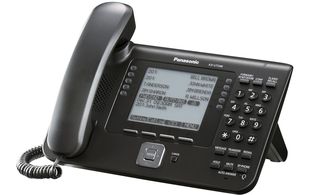
ITSPA has recently released a new guidance paper surrounding remote provisioning of phones and other SIP devices. This new document shares best common practices among ITSPA members to help ensure their provisioning infrastructure is secure.
ITSPA Chair Eli Katz stated
This is an excellent update to the existing guidance and should be considered a starting point rather than a complete solution. This is just a part of ITSPA’s ongoing work in tackling cyber-crime and fraud as well as driving up best practice within the membership. We must ensure the industry is one step ahead in the security battle.
Download: Recommendations for Device Provisioning Security (Version 2)
For a list of ITSPA Best Current Practice (BCP) documents visit: http://www.itspa.org.uk/members/best-practice-documents/





